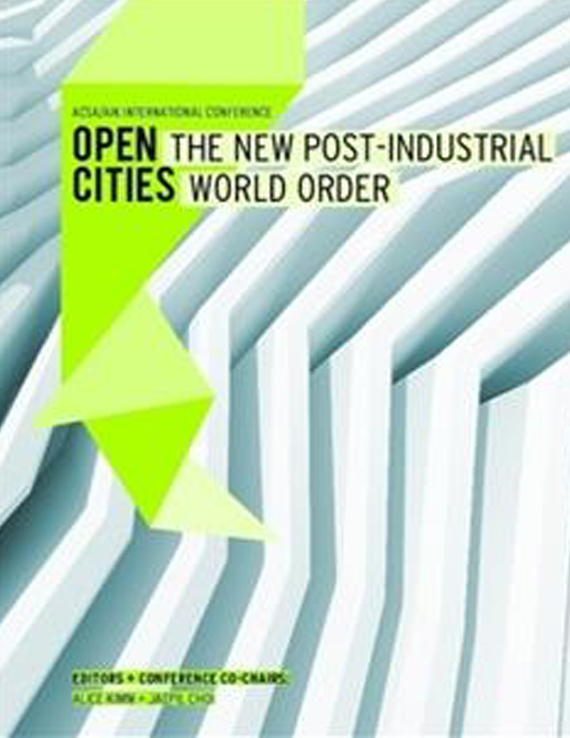Author(s): Elizabeth Martin-Malikian
Beirut is a city of complexities and contradictions. The tensions resulting from sucha condition have exploded into violence throughout its recent history, most devastatinglyin Lebanon’s fifteen-year long civil war (1975-1990), which was centered inBeirut, and marked the city in the international consciousness as a place of urbanturmoil. However today, Beirut has recovered remarkably; it was voted the numberone destination to visit by the New York Times in 2009, and, more recently, receiveda similar title by Frommers. The city is in the second phase of one of the biggest urbanreconstruction projects in the world, city run by a single entity Société libanaisepour le développement et la reconstruction de Beyrouth known as Solidere.Conceived of in 1994, Lebanon’s first postwar government run by Prime MinisterRafik Hariri was determined to turn disaster into opportunity through a uniqueform of public-private partnership. Creating a special zone, the Beirut Central District(BCD), the government commissioned its urban planning and formed Solidere,a private development corporation, in which the BCD’s former owners andtenants pooled their property assets in exchange for controlling shares, with newshareholders contributing the company’s working capital. Solidere was requiredto fund the relocation of displaced families, undertake the necessary clearances,construct the city center’s entire infrastructure and public domain, and carry outenvironmental reclamation and sea defense works on the new waterfront. In exchangefor financing on behalf of government all infrastructure and land reclamation,the company was granted ownership of 29 hectares of new developmentland on the reclaimed area.(1)Solidere has brought internationally known architects like Steven Holl, Herzog &DeMeuron, Zaha Hadid, Vincent James, Jean Nouvel, Sir Norman Forster, and RafaelMoneo to define post-war Beirut. In less internationalized parts of the city sitthe landmarks of the 1960s and 1970s, Beirut’s pre-war glory days, including buildingsby names such as Alvar Aalto, Victor Gruen, and Swiss Addor & Julliard, andmore recently, projects by locally designed architects such as Bernard Khoury.(2)From one point-of-view, this building boom, which is turning Beirut into a forwardthinking,modern metropolis, is a sign of better times and peace. From another,it is a removal of the city’s cultural history by only looking at the city as a physicalmanifestation of future-invested urbanism.Within many of these new projects, there is an interesting dichotomy at-play on howurban public and private space is used in Beirut between ‘day’ and ‘night’ in termsof: public/private; civil/uncivil; harmony/tension; inclusive/exclusive; peaceful/violent,and ecological/hedonistic. These dichotomies appear as endless and complexas the sectarian experience itself. By using Beirut as a case study, I am attemptingto understand and document what brings life to a contested city, and ask how thesemight be designed to bridge cultures and enhance community.1. Richard Becherer. “A Matter of Life and Debt: the Untold Costs of Rafiq Hariri’sNew Beirut.” The Journal of Architecture, Volume 10, No. 1, 2005.2. Ramzi Naja. “Architecture City Guide: Beirut” 09 May 2013. ArchDaily. Accessed28 Oct 2013. http://www.archdaily.com/?p=368883
Volume Editors
Alice Kimm & Jaepil Choi
ISBN
978-0-935502-91-6

 Study Architecture
Study Architecture  ProPEL
ProPEL 
